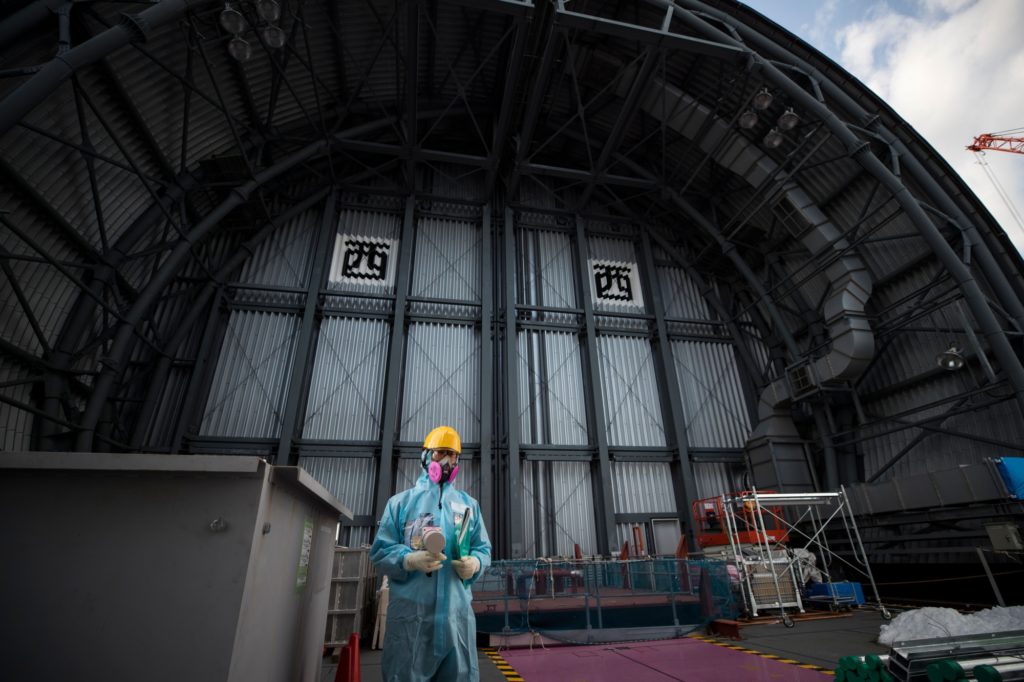
Japan reached the latest hard-fought step in the 40-year, $194 billion cleanup of the 2011 Fukushima meltdown: A robot successfully touched some of the melted fuel sitting inside one of its three wrecked reactors.
Japan has decided to remove and dispose of the melted nuclear fuel inside of the Fukushima plant, rather than entombing the site as was done at Chernobyl. That monumental task requires developing new robotic technologies to explore the reactors, remove fuel and even dismantle parts of the plant that are too radioactive for humans.
The next move is removing a sample of the fuel for further testing, which could take until March 2020. There is about 600 tons of melted fuel, as well as other radioactive debris, scattered throughout the bottom of the reactors, which can’t be entered by humans.
Tokyo Electric Power Co. Holdings Inc., which owns the plant, said after the robot survey Wednesday that pieces of fuel it encountered — from 1 centimeter to 8 centimeters in length — were solid enough to be lifted out of the reactor.
“Some pieces were much harder than we expected and were lifted with relative ease,” spokesman Katsuyoshi Oyama told reporters in Tokyo. “We confirmed that it’s possible to extract some of this debris from the reactor.”
Tepco, as the utility is known, aims to start removing the fuel by 2021. It has said it may start by vacuuming or scooping hardened debris and radioactive dust with a remote-controlled robot arm inserted through the side of the reactor.
Recommended for you
